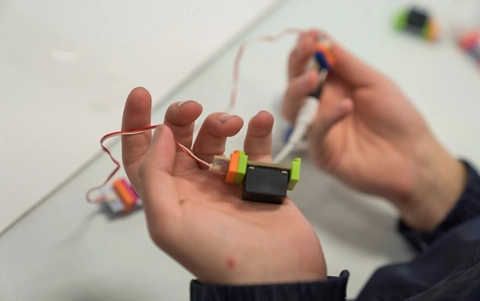Learning environments
This sequence of lessons explores how conditions in the environment can impact on learning. Through investigating the environmental influences on our classroom, and learning environments such as light, noise and temperature, students collect data and identify the optimal learning environment.
Additional details
| Year band(s) | 5-6 |
|---|---|
| Content type | Lesson ideas |
| Format | Web page |
| Core and overarching concepts | Design thinking, Impact and interactions, Digital systems |
| Australian Curriculum Digital Technologies code(s) |
AC9TDI6K01
Investigate the main internal components of common digital systems and their function
AC9TDI6K02
Examine how digital systems form networks to transmit data |
| Keywords | Environmental influence, Data, Sensors, LittleBits, Think like an inventor, STEM, Design thinking, Design, Think like an inventor, think like an inventor |
| Integrated, cross-curriculum, special needs | Mathematics, Science, STEM |
| Organisation | ESA |
| Copyright | Creative Commons Attribution 4.0, unless otherwise indicated. |
Related resources
-
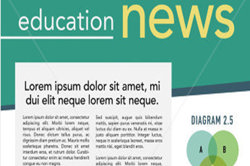
Home/School communications
In this lesson sequence, students use big data sets and school surveys, to design (and as an extension activity, make) a new digital communication solution for the school.
-
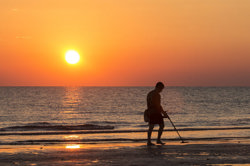
DIY micro:bit metal detector (Years 5-6)
This activity shows one way to incorporate Digital Technologies into a goldfields unit in an authentic way using a micro:bit.
-
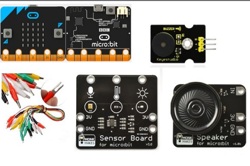
Classroom ideas: Micro:bit Environmental Measurement (visual programming) (Years 5-6)
This tutorial shows the coding needed for digital solutions of some environmental issues that can be created using pseudocode and visual programming.
-
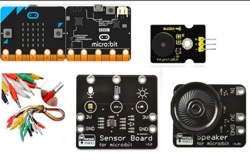
Classroom ideas: Micro:bit Environmental Measurement (visual and general-purpose programming) (Years 5-8)
Investigating environmental data with Micro:bits: This tutorial shows the coding needed for digital solutions of some environmental issues that can be created using pseudocode and visual programming.
-

Making "Sense" of Robot Sensors
In this lesson plan, students discuss the importance of senses and experiment using echolocation as an example.
-
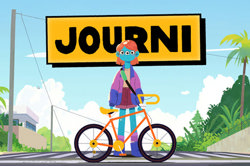
Journi online road safety education program
Journi is a free online road safety education program, developed in collaboration with experts in road safety and education to help keep kids safe. Journi is comprised of 4 flexible online modules and a suite of offline educator resources including lesson plans and student activities that align to Version 9 of the Australian Curriculum.
-
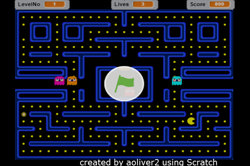
What makes a good game?
This lesson sequence allows students to explore design thinking processes to investigate how games are designed, created and played.
-
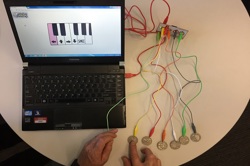
Makey Makey Orchestra
In this learning sequence students explore an orchestra and use Makey Makey to make a musical instrument for an ensemble.
